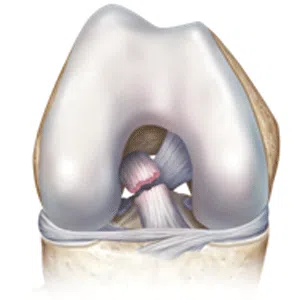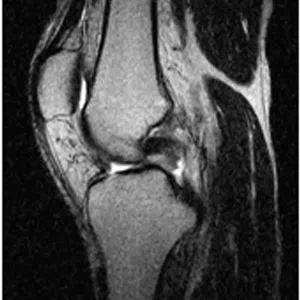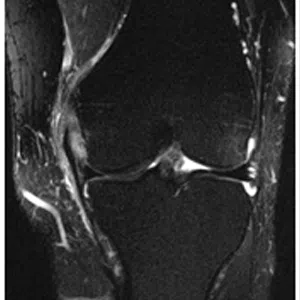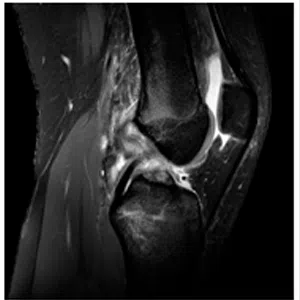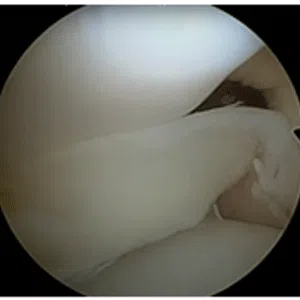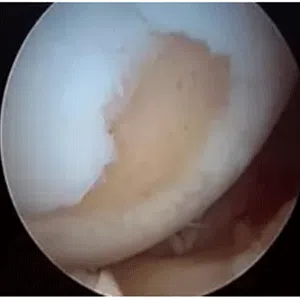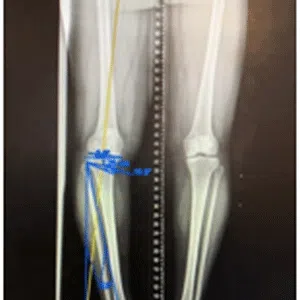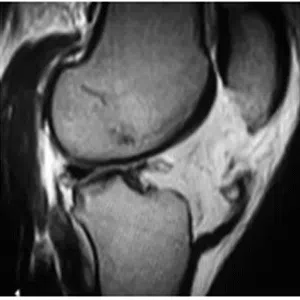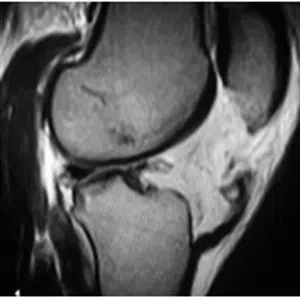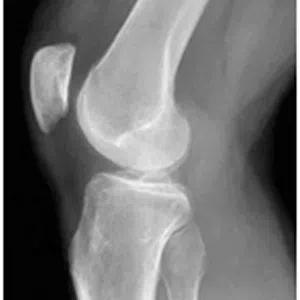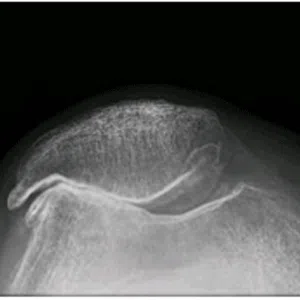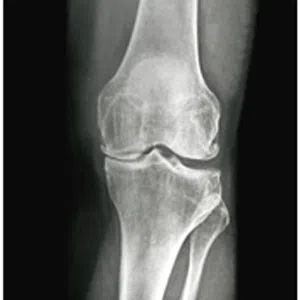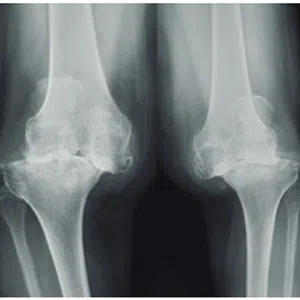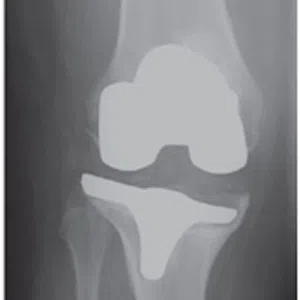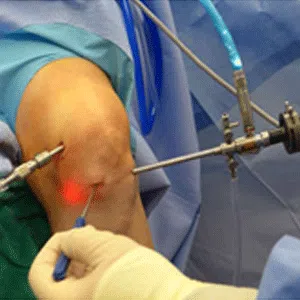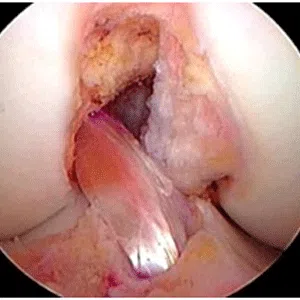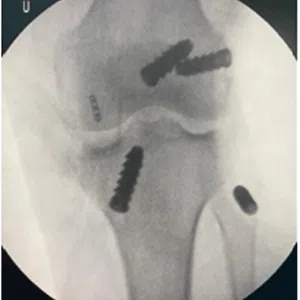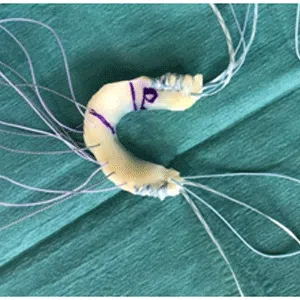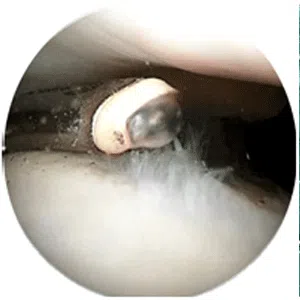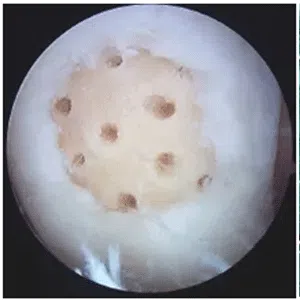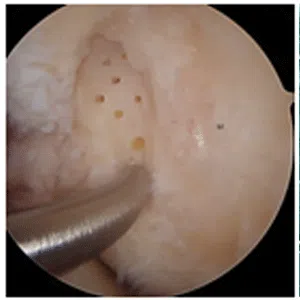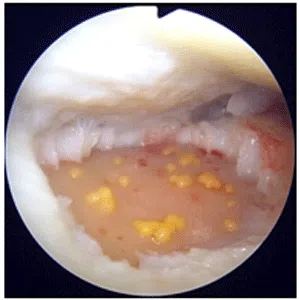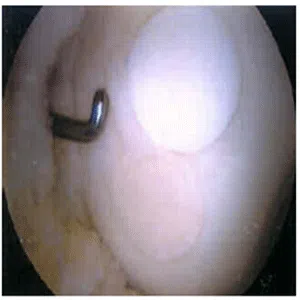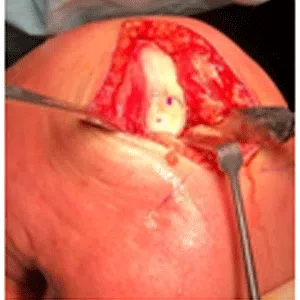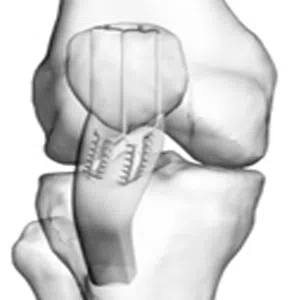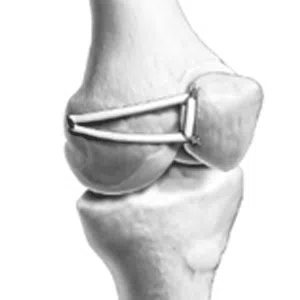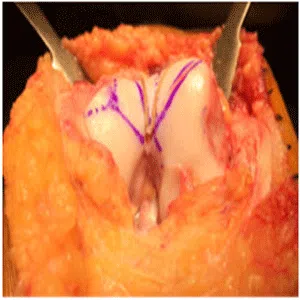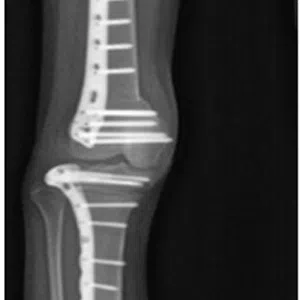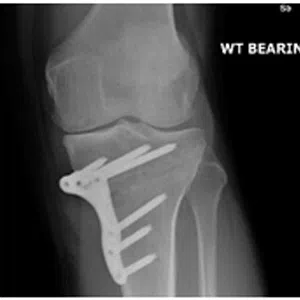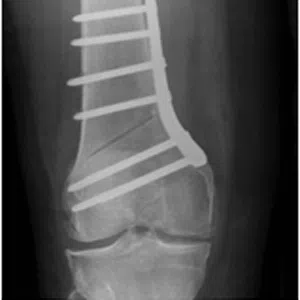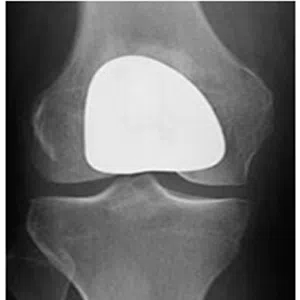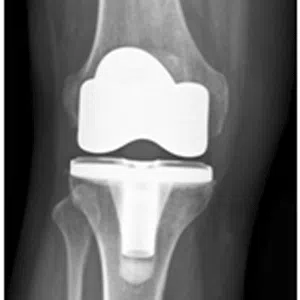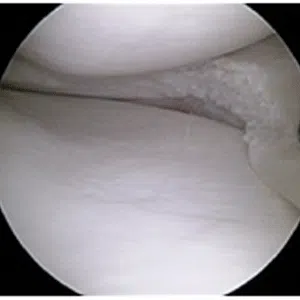
Meniscus surgery is a type of knee surgery that is used to treat tears or damage to the meniscus, which is a C-shaped piece of cartilage that acts as a shock absorber between the thighbone (femur) and the shinbone (tibia) in the knee joint. This is performed arthroscopically.
There are two main types of meniscus surgery: partial meniscectomy and meniscus repair.
Partial meniscectomy involves removing a portion of the damaged meniscus. This procedure is typically used to treat tears in the inner portion of the meniscus that have a poor blood supply and are therefore less likely to heal. During a partial meniscectomy, the surgeon will make a small incision in the knee and use special instruments to remove the damaged portion of the meniscus. After the procedure, the patient will typically need to rest and use crutches for a few days before gradually resuming normal activities.
Meniscus repair is a surgical procedure used to treat tears in the meniscus. During a meniscus repair, the surgeon will make a small incision in the knee and use special instruments to sew the torn meniscus back together. In some cases, the surgeon may also use sutures or other devices to anchor the meniscus back to the bone. After a meniscus repair, the patient will typically need to use crutches for several weeks and attend physical therapy to help restore strength and range of motion in the knee.
In some cases, meniscus surgery may also be used to treat other types of meniscus injuries, such as root tears or rim lesions. The specific type of surgery used will depend on the nature and extent of the injury, as well as the patient’s overall health and medical history.
-
Anterior cruciate ligament (ACL) tear revision
-
Posterior cruciate ligament (PCL) tear
-
Medial collateral ligament (MCL) injury
-
Multi-ligament tear
-
Meniscus tear
-
Meniscus root tear
-
Cartilage injury – repair/ osteochondritis dissecans
-
Knee deformity or malalignment – varus/ valgus/ rotational
-
Patellar tendon tear
-
Quadriceps tendon tear
-
Patellofemoral instability
-
Patellofemoral arthritis
-
Knee arthritis in young
-
Knee arthritis
-
Failed primary total knee replacement
-
Joint preservation surgery
-
Arthroscopic ACL repair/ reconstruction/ Revision ligament reconstruction
-
Arthroscopic PCL reconstruction
-
Multi-ligament reconstruction
-
Meniscus surgery –partial meniscectomy/ repair (root tear/ rim lesion)
-
Meniscus transplant
-
Chondroplasty
-
Microfracture
-
Nanofracture
-
BMAC
-
Autologous chondrocyte implantation (ACI)
-
Osteochondral Autologous Transfer Surgery (OATS) or mosaicplasty
-
Osteochondral allograft transplant
-
Patellar tendon repair/ quadriceps tendon repair
-
MPFL reconstruction
-
Tibial tuberosity transfer
-
Trochleoplasty
-
De-rotation or rotational osteotomy (Proximal tibial/ Distal femur)
-
High tibial osteotomy
-
Distal femoral osteotomy
-
Patellofemoral joint replacement
-
Total knee replacement





